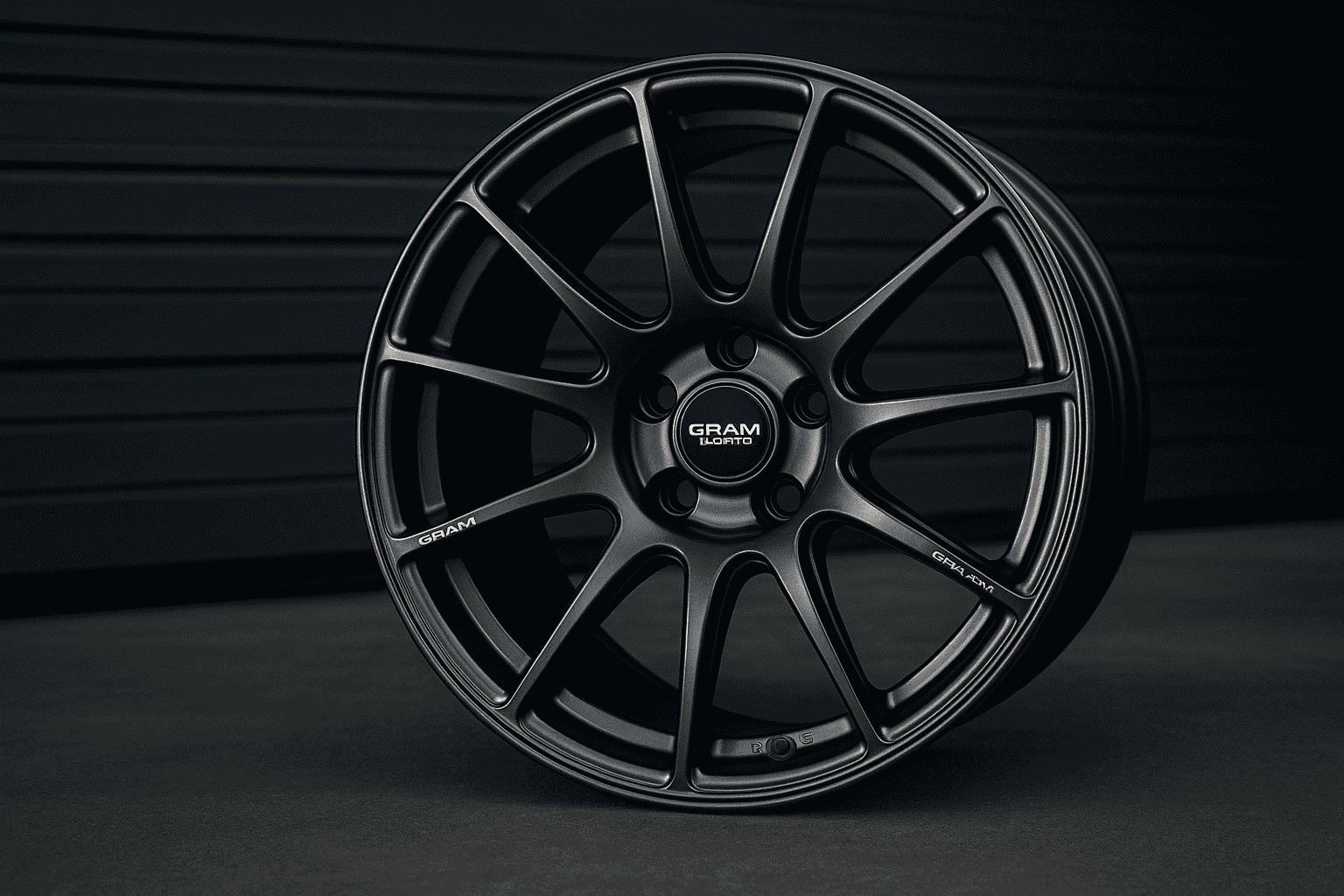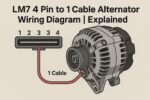In the world of automotive performance and styling, few components carry as much weight—both literally and metaphorically—as wheels. More than just a means to keep a vehicle moving, wheels are central to handling, acceleration, braking, and visual appeal. While tires grip the road, the wheels act as the foundation of that contact. Choosing the right set can redefine the driving experience.
Over the years, a number of wheel brands have carved out reputations for innovation, quality, and design. Among the top performers, a specific line has emerged with a cult-like following for its blend of engineering excellence and head-turning aesthetics. This article dives into the evolution of performance wheels, the technology behind them, and why enthusiasts gravitate toward certain iconic models.
The Role of Wheels in Performance Driving
For the average driver, wheels might seem like just another part of a car. But for anyone who’s ever taken a car to the track, tuned a suspension, or pushed limits in spirited driving, wheels are a game-changer. Here’s why:
-
Weight Matters: Lighter wheels reduce unsprung mass, which leads to better responsiveness, improved acceleration, and smoother ride quality.
-
Strength Equals Safety: In high-stress situations like hard cornering or off-road driving, wheel durability can be the difference between staying on course and disaster.
-
Precision Fitment: Ideal offset, width, and diameter improve both the appearance and the mechanical performance of a car.
-
Cooling and Brake Clearance: Properly designed wheels allow better airflow to brakes, reducing heat and increasing safety.
When engineers design performance wheels, their challenge is to strike a balance between strength, weight, aesthetics, and affordability.
Innovation in Wheel Design and Materials
The last two decades have seen massive leaps in wheel technology. Cast wheels were once the standard due to cost-effectiveness, but they come with limitations in weight and strength. Today, forged and flow-formed wheels are leading the pack.
Forged Wheels
Forged wheels are made from a solid block of aluminum alloy. This block is compressed under intense pressure, aligning the metal’s grain and making it stronger and lighter. They’re often used in motorsports due to their durability and performance.
Flow-Formed Wheels
A cost-effective alternative to full forging, flow-forming involves spinning a cast wheel while applying pressure to stretch and shape the barrel. This method strengthens the outer rim while keeping production costs lower than full forging.
Both these techniques have influenced how modern performance wheels are built, allowing brands to create products that cater to serious drivers without sacrificing quality.
Why Enthusiasts Invest in High-Performance Wheels
When you ask an automotive enthusiast why they upgraded their wheels, you’re likely to hear answers that go beyond “it looks good.” Here are some key motivations:
-
Track Days and Autocross: For racers, every ounce counts. Upgrading to lighter wheels reduces lap times and improves control.
-
Stance and Fitment Culture: In tuning culture, perfect fitment—where wheels sit flush with fenders—requires precision-designed wheels.
-
Durability for Daily Driving: Some high-performance wheels, while lightweight, are strong enough for daily use even on rough roads.
-
Brake Upgrades: Bigger calipers need more space. Proper wheels accommodate larger brake setups.
One such performance-oriented brand that meets these criteria without compromise is well-regarded for its engineering focus and racing pedigree. It offers enthusiasts wheels that are not only lightweight and durable but also meticulously styled for a modern, aggressive look.
The Legacy of Track-Proven Performance
Some of the most respected wheel lines have earned their reputation not in showrooms, but on the race track. This proves their durability under extreme stress. Brands that originate in motorsports often trickle down that technology to their consumer lines, allowing everyday drivers to benefit from championship-level innovation.
Wheels designed with motorsport DNA often showcase the following features:
-
Flow-formed or fully forged construction
-
Laser-engraved branding
-
Optimized spoke designs for stress distribution
-
Anodized finishes for corrosion resistance
-
Track-specific sizes and offsets
Such precision in design appeals not just to racers, but to weekend warriors, tuners, and even collectors who appreciate functional artistry.
The Rise of Japanese Wheel Engineering
Japan has long been at the forefront of tuning culture, and its contribution to wheel design is legendary. The attention to detail, rigorous quality standards, and innovative materials used by Japanese manufacturers set them apart. Their products often come with certifications such as JWL and VIA—proof of rigorous stress testing and structural integrity.
One popular wheel brand, often associated with this engineering excellence, originated from Japan and quickly gained popularity among car tuners worldwide. Known for its unique designs and race-ready builds, it now symbolizes precision and reliability in the global aftermarket scene.
Spotlight: A Wheel Line That Redefined Lightweight Strength
One of the most talked-about performance wheel lines, Gram Lights, exemplifies this blend of track-ready engineering and everyday usability. Designed with aggressive styling and built using advanced manufacturing techniques, this wheel line is a staple in both competitive motorsports and tuning communities.
By combining flow-form technology with bold, angular designs, Gram Lights wheels offer improved rigidity without excess weight. This means sharper handling, quicker acceleration, and an unmistakable presence on any build.
Whether fitted to a time attack car or a street-style drift build, Gram Lights delivers both aesthetic impact and track reliability. Its popularity is a testament to the brand’s consistent performance and striking looks.
With options ranging from bold 5-spoke patterns to intricate mesh designs, Gram Lights provides a wide array of choices tailored to individual driving styles and preferences.
Choosing the Right Wheel: What to Look For
When shopping for wheels, it’s easy to get overwhelmed by options. Here are some guidelines to ensure you get both form and function:
-
Fitment: Always check diameter, width, and offset. These affect handling, rubbing, and visual stance.
-
Load Rating: Ensure the wheel supports your car’s weight, especially if you carry heavy loads or have performance mods.
-
Finish Durability: Powder-coated or anodized finishes last longer and resist chips and corrosion.
-
Brand Reputation: Stick with brands that have proven performance records and good customer feedback.
-
Certifications: Look for JWL, VIA, or TUV compliance for peace of mind.
It’s also worth noting how customer service, warranty, and availability of spare parts (like center caps or replacement lips) can influence long-term satisfaction.
Maintaining Your Wheels for Long-Term Performance
Even the best wheels require care to stay in peak condition. Here are a few tips to extend their life:
-
Clean regularly with pH-balanced cleaners to avoid corrosion.
-
Inspect after impacts or potholes to ensure no cracks or bends.
-
Rotate tires frequently to distribute wear evenly.
-
Avoid harsh chemicals that can damage finishes or seals.
-
Store properly in the off-season if you use different setups for winter and summer.
With proper maintenance, a high-quality set of wheels can last for years while retaining their performance and appearance.
Conclusion: A Smart Investment for Enthusiasts
Performance wheels are not just about aesthetics—they are an essential upgrade for anyone serious about driving dynamics. Whether you’re hunting for that perfect stance, preparing for your next track day, or simply looking to shave some unsprung weight, wheels play a critical role.
For many, choosing a line like Gram Lights means investing in heritage, design, and proven technology. With a blend of race-derived innovation and striking visual appeal, it continues to stand out in a crowded market.















